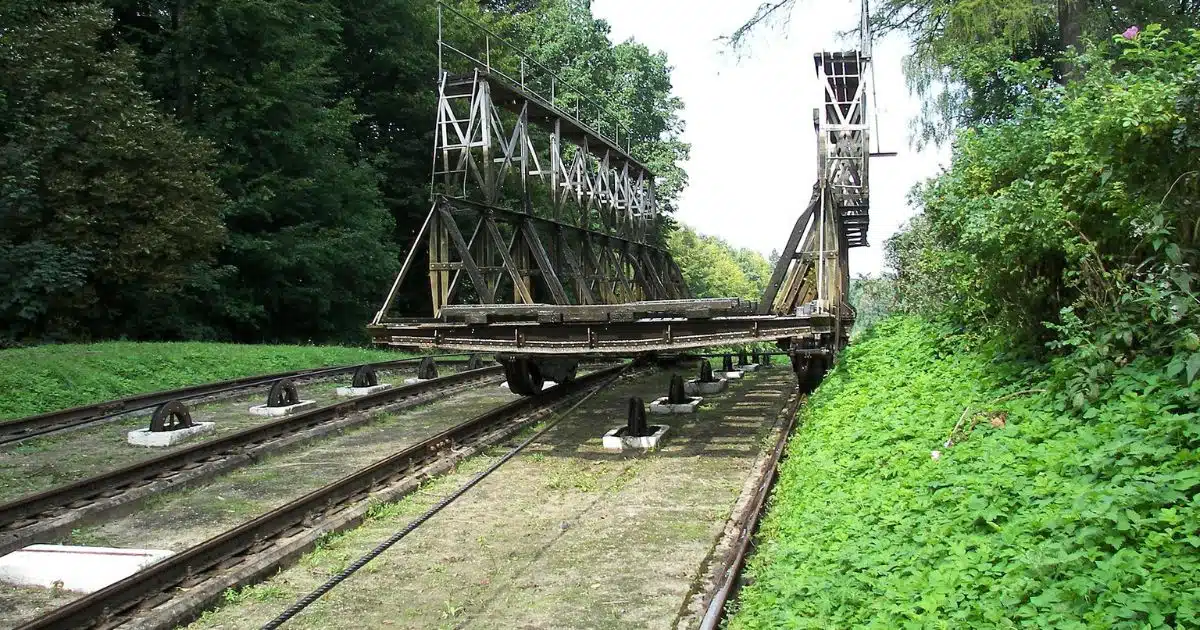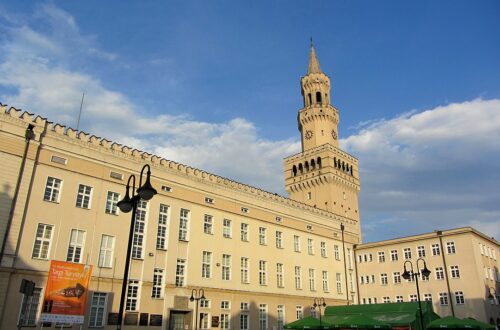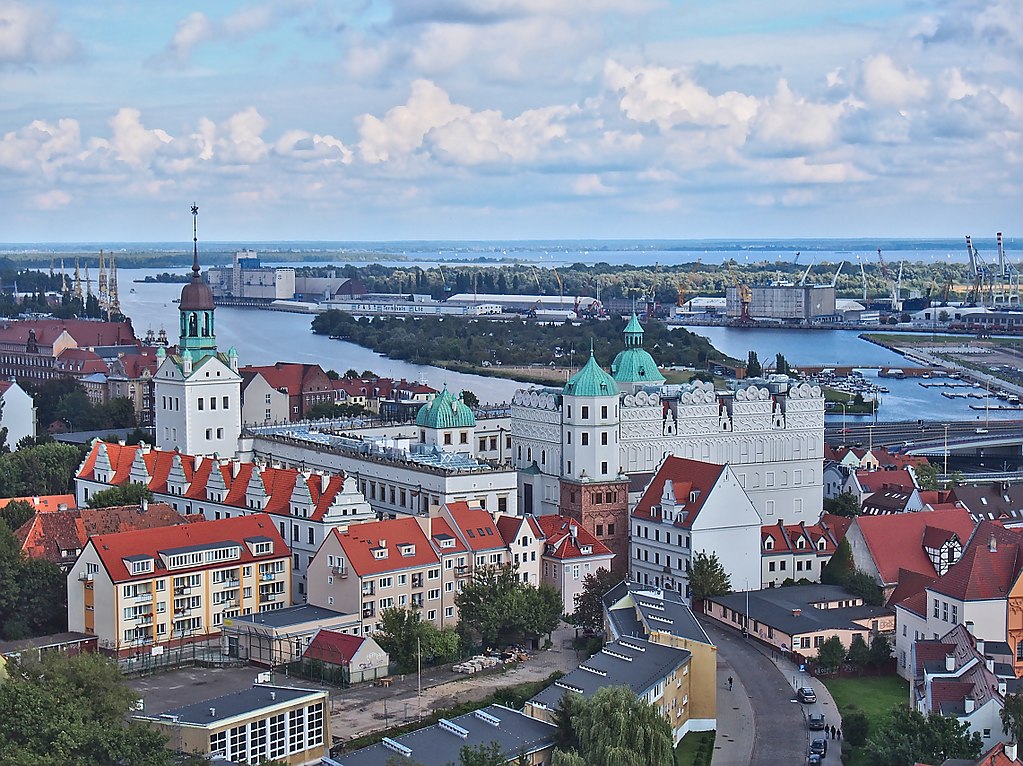Exploring the Treasures of Poland: Elbląg Canal
Have you ever heard of a remarkable canal in Poland that was named one of the Seven Wonders of Poland?
Elbląg Canal is a man-made engineering marvel, 80.5 km in length, which runs southward from Lake Drużno to the river Drwęca and lake Jeziorak. It has been considered one of the most significant monuments related to the history of technology, listed by Unesco as a memorial to world culture inheritances.
Let’s explore why this unique canal is celebrated internationally.
The Difference in Water Levels
The difference in water levels between Lake Drużno and Lake Jeziorak reaches up to 100 m, overcome using locks and a remarkable system of tracks between lakes. You can even witness how these locks work if you visit during peak times!

The History Behind the Canal
Elbląg Canal was designed by Georg Steenke, who carried out the commission given by King Frederick William IV of Prussia (1795 – 1861).
This commission initiated a huge project that took five years to complete, with around 3 million cubic meters excavated and hundreds of workers employed; it finally opened on 29 October 1860.
This canal accommodates small vessels with up to 50 tons of displacement, and nowadays, it is mainly used for recreational purposes such as boating and fishing trips.
The Elbląg Canal is an impressive memorial to world cultural inheritances and Polish industrial heritage. Its design combines elements of civil engineering with aspects of railway technology – making it a truly fascinating experience for travelers who want to explore something different when visiting Poland!
If you are looking for an unforgettable adventure full of history and culture, there’s no better destination than Elbląg Canal! A Perfect day trip from Gdansk.
You won’t regret it!




